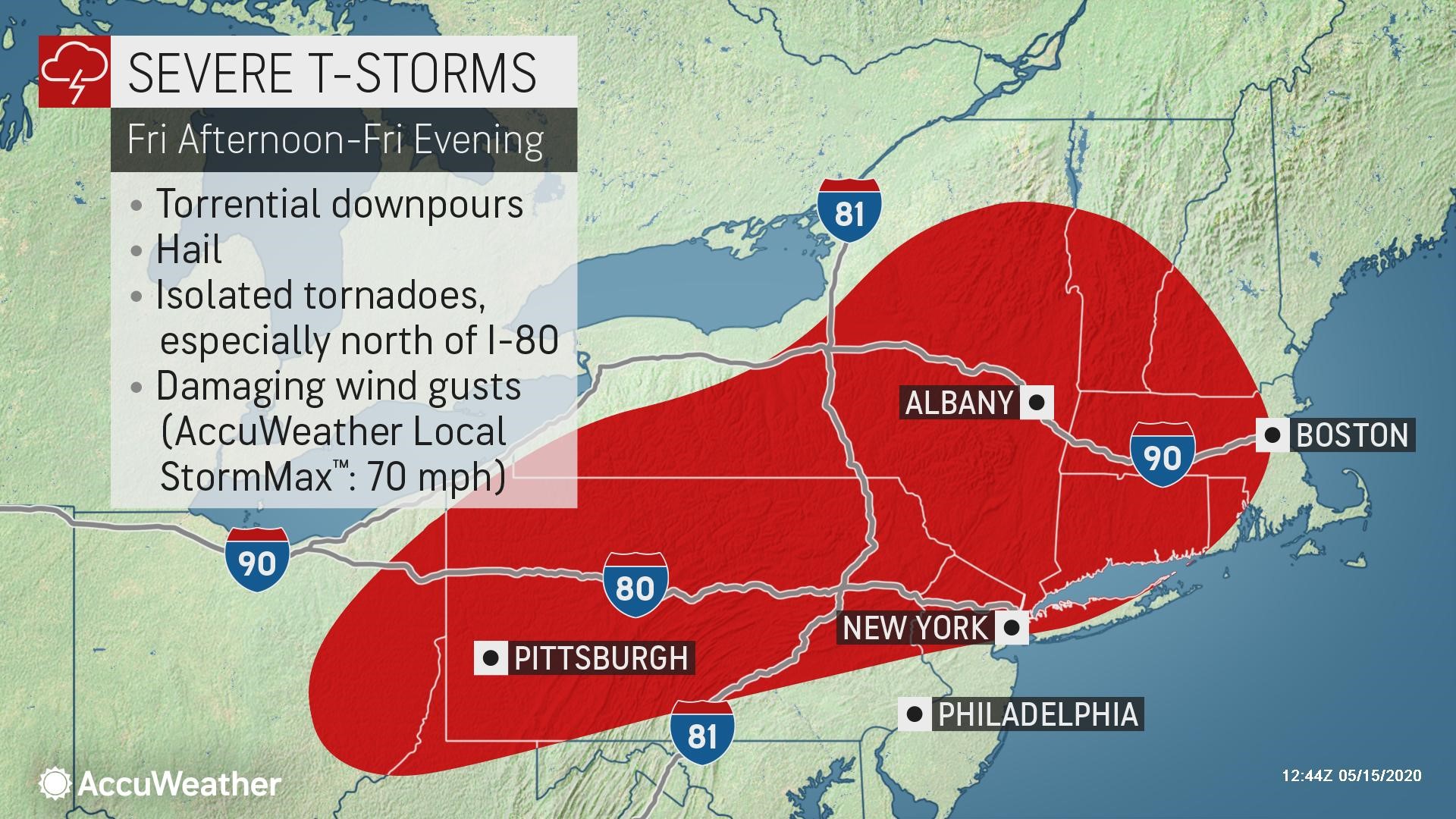Historical Impact of the Otsego Tornado

Otsego tornado – On May 31, 1980, a devastating tornado tore through the town of Otsego, Michigan, leaving a trail of destruction in its wake. The tornado, classified as an F4 on the Fujita scale, was one of the most powerful to hit the region in decades.
The tornado first touched down near the town of Martin, Michigan, and traveled a path of approximately 13 miles before dissipating near the town of Otsego Lake. Along its path, the tornado caused extensive damage to homes, businesses, and infrastructure.
Extent of Damage, Otsego tornado
The Otsego tornado caused an estimated $20 million in damage, destroying or damaging over 200 homes and businesses. The tornado also uprooted trees, downed power lines, and damaged roads and bridges.
In addition to the property damage, the tornado also caused several injuries and one fatality. A 72-year-old woman was killed when her home was destroyed by the tornado.
Eyewitness Accounts
Eyewitness accounts of the Otsego tornado describe a terrifying and chaotic scene. One witness, who was driving near the town of Otsego when the tornado struck, said that he saw “a wall of black clouds” approaching. He said that the tornado “sounded like a freight train” and that it “tore through the town like a buzzsaw.”
Another witness, who was in her home when the tornado hit, said that she heard a “loud roar” and that her house began to shake. She said that she and her family took shelter in the basement, and that they were trapped there for several hours until the tornado passed.
Scientific Analysis of the Otsego Tornado

The Otsego tornado was a rare and devastating event that occurred in Michigan on May 31, 1980. The tornado was an F4 on the Fujita scale, with winds reaching speeds of up to 260 mph. It traveled a distance of 26 miles and caused widespread damage.
The meteorological conditions that led to the formation of the Otsego tornado were a combination of factors, including:
* A strong low-pressure system over the Great Lakes
* A warm front over Michigan
* A cold front approaching from the west
* Strong winds aloft
These conditions created an environment that was favorable for the development of severe thunderstorms. The thunderstorms that produced the tornado were part of a larger squall line that moved across Michigan on that day.
The Otsego tornado was a violent and destructive event. The tornado’s winds caused widespread damage to buildings, trees, and power lines. The tornado also caused several injuries and one fatality.
The Otsego tornado is a reminder of the power of nature and the importance of being prepared for severe weather.
Environmental Factors
The environmental factors that shaped the behavior of the Otsego tornado included:
* The terrain of the area
* The vegetation of the area
The tornado traveled across a relatively flat area, which allowed it to maintain its strength. The tornado also traveled through a heavily forested area, which caused it to weaken as it encountered more resistance.
Mitigation and Preparedness Strategies
The Otsego tornado serves as a poignant reminder of the devastating power of nature and the importance of effective tornado warning systems and preparedness measures. The lessons learned from this tragic event have significantly influenced the way we approach tornado safety and community resilience.
One of the most critical lessons was the need for timely and accurate tornado warnings. In the wake of the Otsego tornado, significant advancements have been made in radar technology and warning systems. The National Weather Service (NWS) now utilizes Doppler radar to detect and track tornadoes, providing more precise and timely warnings to communities.
Community Education and Outreach Programs
Community education and outreach programs play a vital role in promoting tornado awareness and preparedness. These programs educate individuals and communities about the risks associated with tornadoes, how to recognize tornado warning signs, and the appropriate actions to take during a tornado event. By raising awareness and providing practical guidance, these programs empower individuals to take responsibility for their safety and contribute to community resilience.
Recommendations for Individuals and Communities
Based on the lessons learned from the Otsego tornado, there are several recommendations that individuals and communities can implement to enhance their preparedness for future tornado events:
- Develop and practice a family tornado safety plan that includes a designated safe room or shelter.
- Stay informed about tornado risks and warning systems in your area.
- Have multiple ways to receive tornado warnings, such as weather radios, mobile phone apps, and outdoor sirens.
- Identify potential hazards around your home or workplace and take steps to mitigate them, such as securing loose objects and trimming trees.
- Consider installing storm shutters or reinforced windows to provide additional protection.